

Healing a Meniscus Injury: Tips and Tricks for a Speedy Recovery
I. Understanding Meniscus Injury:
A. Meniscus Tears: What They Mean
A meniscus tear is a tear or damage to one of the two C-shaped, rubbery discs in the knee joint called menisci. These discs absorb shock and keep the knee joint stable. When a tear happens, it can hurt, swell up, and make it hard to move. Understanding what causes a torn meniscus is important for knowing what to do next to get better.
B. Types of Meniscus Injuries and What Causes Them: Meniscus injuries can be different in where they happen and how bad they are. The most common types are medial meniscus tears (on the inside of the knee) and lateral meniscus tears (on the outside of the knee). These injuries can be caused by sudden turns, deep squats, direct blows to the knee, degenerative changes, or wear and tear from getting older.
C. How a Meniscus Injury Happens: A meniscus injury is usually caused by a mix of compression and rotational forces. Sudden turning or pivoting movements, like those that happen in sports, can put too much stress on the menisci and cause them to tear. Meniscus injuries can also be caused by accidents like jumps or getting hit directly in the knee.
II. Diagnosing Meniscus Injury:
A. Recognising the Signs: The signs of a torn meniscus rely on the type of tear and how bad it is. Pain, tenderness, swelling, stiffness, popping or clicking sounds in the knee, and trouble fully stretching or bending the knee joint are all common signs. People should see a doctor if they have these symptoms after an accident or if they have knee problems that don't go away.
B. Medical Evaluation and Imaging: A doctor will do a physical test to check the knee's range of motion, stability, and signs of pain to see if there is a meniscus injury. They may also request imaging tests like magnetic resonance imaging (MRI) or X-rays. MRI is especially helpful because it shows detailed pictures of the meniscus and can prove that a tear is there and how big it is.
III. Options for treating a torn meniscus:
A. Conservative Methods: Most meniscus injuries, especially small tears, are treated first with conservative methods. To reduce pain and swelling, these methods include resting, putting ice on it, wrapping it in a tight bandage, and raising it. Nonsteroidal anti-inflammatory drugs (NSAIDs) may be suggested to ease pain and inflammation.
B. Knee Supports and Braces: Knee supports and braces are useful tools for treating meniscus injuries. They keep the knee joint stable, compress it, and cover it, so people can go about their daily lives or play sports with less pain. Different types of braces, like flexible braces or patellar stabilizers, may be suggested depending on how bad the tear is and where it is.
C. Kinesio Tape for Meniscus Injury: Kinesio tape, a flexible and sticky therapeutic tape, is becoming more and more famous for helping meniscus injuries heal. The tape is put on the hurt area to support it, improve blood flow, and trigger proprioception, which is the sense of where your body is in space. Kinesio tape can help with pain management and healing by making the meniscus more stable and lowering strain on it.
D. Surgical Interventions: Surgical interventions may be needed if conservative methods don't help or if the meniscus tear is very bad. How the surgery is done relies on things like where the tear is, how big it is, and the person's situation. Meniscus injuries are often fixed with arthroscopic treatments, such as meniscus repair or partial meniscectomy.
IV. Rehab and getting better:
A. Physiotherapy Exercises: Physiotherapy is a key part of meniscus injury recovery because it helps restore knee strength, improve flexibility, and improve general function. A physiotherapist will make you a custom exercise plan that includes workouts to increase your range of motion, strengthen your quadriceps and hamstrings, and improve your balance and stability. These movements help the knee get stronger and help it heal completely.
B. Gradual Return to Physical Activities: Getting back to physical activities after an injury to the meniscus needs to be done slowly and carefully. To make sure the change is safe, it is important to do what a doctor or physiotherapist tells you to do. Starting with low-impact exercises like swimming or stationary cycling, people can gradually increase the intensity and variety of their activities while watching how their knees respond.
V. How to Avoid Meniscus Injuries:
A. Taking care of your knees: Keeping your knees in good shape is the best way to avoid meniscus problems. This means keeping a healthy weight to reduce stress on the knee joint and doing low-impact movements regularly to strengthen and stretch the knee. Using the right techniques and body mechanics when doing physical tasks can also help keep you from getting hurt.
B. Injury Prevention Techniques: People should use injury prevention techniques in their daily lives to lower their chance of meniscus injuries. This means warming up before doing physical activities, stretching properly, wearing the right shoes for the sport or activity, and avoiding sudden, jerky moves that put too much stress on the knee joint.
To recover from a torn meniscus, you need to know what caused the injury, get a good diagnosis and treatment, and follow a well-rounded rehabilitation programme. By learning about meniscus tears, people can make choices about their recovery that are based on accurate information.
Share views on Healing a Meniscus Injury: Tips and Tricks for a Speedy Recovery
Please keep your views respectful and not include any anchors, promotional content or obscene words in them. Such comments will be definitely removed and your IP be blocked for future purpose.
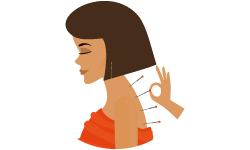
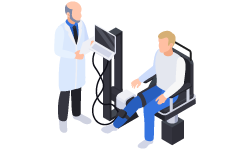
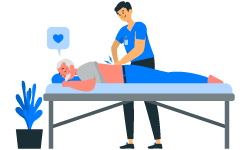
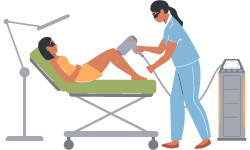
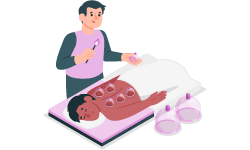
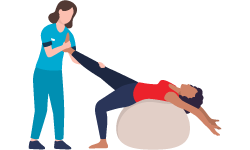
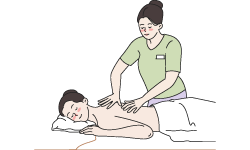
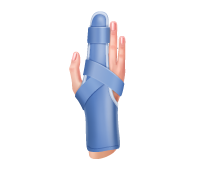
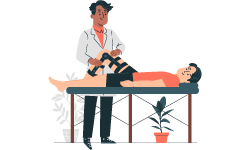


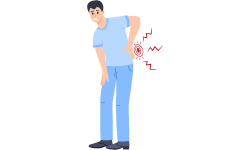
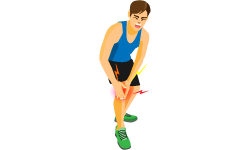
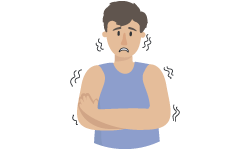

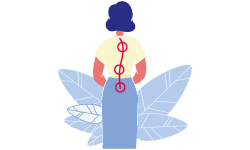
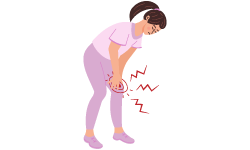
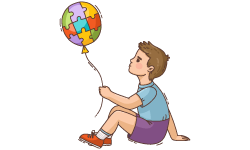
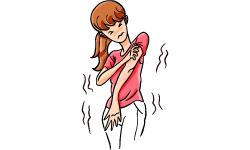
 1st Feb 2024
1st Feb 2024
 23rd Jul 2023
23rd Jul 2023
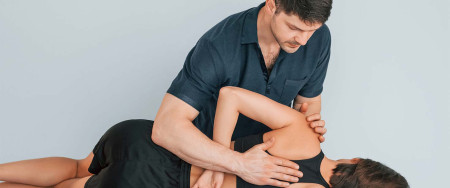 23rd Jul 2023
23rd Jul 2023
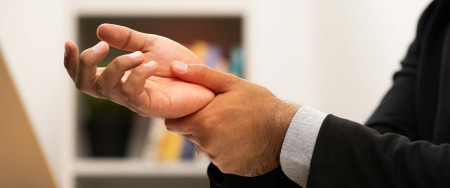 16th Jul 2023
16th Jul 2023
 16th Jul 2023
16th Jul 2023